.
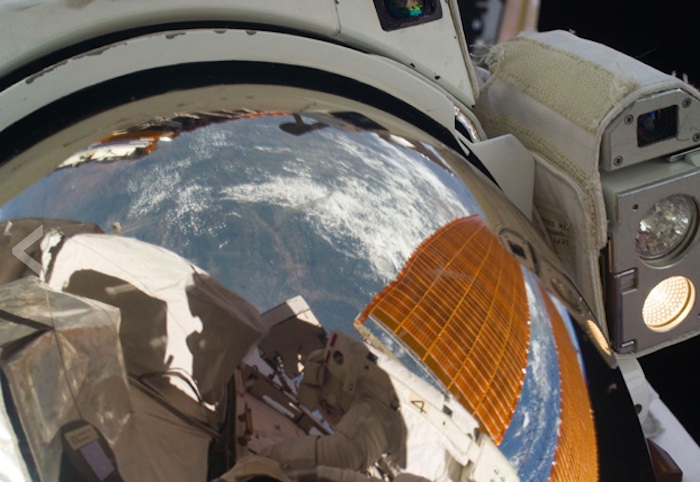
Imagine being trapped in a small space where you can't easily go outside. You're far away from friends, family and everything familiar to you. You're working hard for very long hours. Worse, your every move is being monitored by a trained team of experts who will jump in if you do something wrong.
An episode of Big Brother? No, it's the typical life of an astronaut. The view is glorious and they do get to explore the limits of the human body and technology, but it's very hard work -- especially when you do it for months. Scott Kelly recently surpassed the record for the most time an American has spent in space. Although Russian cosmonauts dominate the record books for longest spaceflights (Valeri Polyakov holds the world's longest spaceflight record, having spent 438 days on board the Russian Mir space station in 1994-1995), read more about the U.S. citizens who have spent the most time in orbit on a single spaceflight.
.
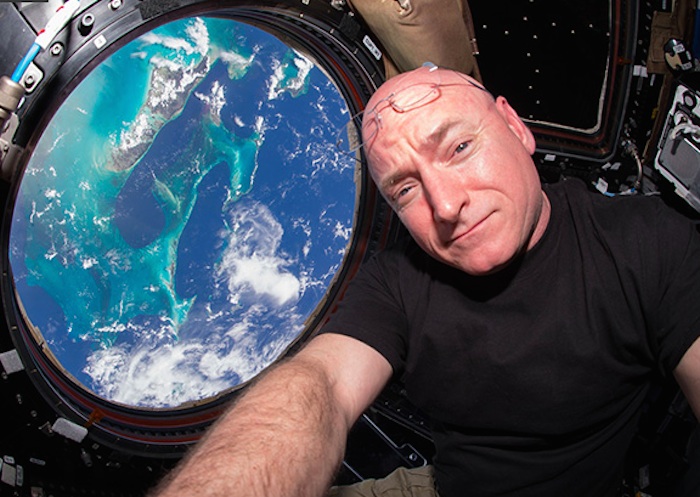
SCOTT KELLY (342 DAYS, SCHEDULED)
Scott Kelly knows much about the rigors of spaceflight, having already spent 159 days on the International Space Station before his most recent launch on March 27. Kelly will spend nearly a year aboard station along with Russia's Mikhail Kornienko, studying how the body reacts to long-term stays in space. Kelly has a twin, former astronaut Mark Kelly; the two are doing genetic studies as well to see what changes take place.
Unlike many previous long-duration astronauts, Kelly has been able to share his thoughts on Twitter -- a service that only became available on the ISS in 2009. Recent tweets include: "I voted from @space_station last weekend. Your turn, #USA!" and "Day 220. A cloud over #Qatar reminds me of the pillow I miss at sleep. #GoodNight from @space_station!"
.
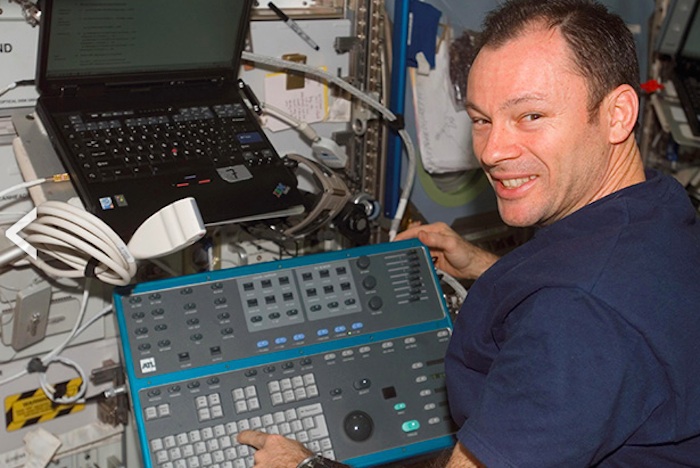
MICHAEL LOPEZ-ALEGRIA (215 DAYS)
Lopez-Alegria did three shuttle flights before spending a lengthy tour of duty aboard the station during Expedition 13/14 between September 2006 and April 2007. His crew had a break from the usual few faces when the STS-116 shuttle crew visited for eight days. Otherwise, they kept busy with five spacewalks, two cargo Progress-M vehicle arrivals, and hundreds of hours of science work.
"I wasn’t smart enough to invent a cure for cancer, I couldn’t play the piano like a concert pianist, I couldn’t do a lot of things, or anything really, really well, but I could do sort of a handful of things reasonably well," Lopez-Alegria said in a 2006 pre-flight interview with NASA. "And when I looked at what the astronaut profile was -- at that time they’d just started hiring shuttle astronauts -- and so it seemed like they were looking for people with a broad skill base, and I kind of thought that I might be able to fit into that."
-

MICHAEL BARRATT (199 DAYS)
Barratt launched to the station in March 2009 and remained there until October that year. His flight (Expedition 19/20) saw a suite of interesting changes, such as the first Japanese cargo vehicle arrival (HTV) and the first six-member crew on the ISS. Besides which, two space shuttle crews came by for brief visits and lots of additional science. Barratt even did two spacewalks -- in a Russian spacesuit.
"I probably have a story common to a lot of the people in the astronaut corps in that we go through career crisis because we have so many broad interests," Barratt said in a 2010 pre-flight interview with NASA. "A lot of us are interested in science and technology, but we’re also interested in flying and engineering and practical things, and I don’t think I knew what I wanted to be when I grew up until I was in my mid-thirties or so."
-
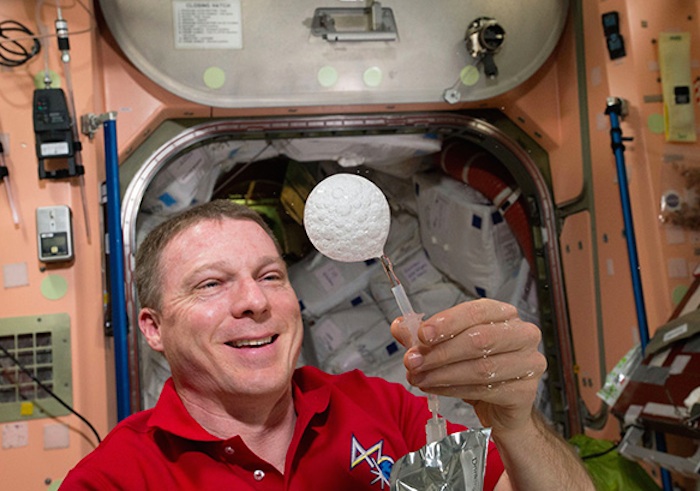
TERRY VIRTS (199 DAYS)
Virts had a very long spaceflight recently, between December 2014 and June 2015, but his stay was overshadowed by the arrival of the one-year crew. His crew saw the final European cargo vehicle leave the station, and Virts himself did three spacewalks to get the station ready for future human spacecraft.
"I grew up in Maryland where my parents worked at the Goddard Spaceflight Center, so that wasn’t directly involved in the Apollo or the human space flight," Virts said in a 2010 pre-flight interview with NASA. "But there were rockets and talk of space and so, at a really young age, I was interested in space and being an astronaut."
-
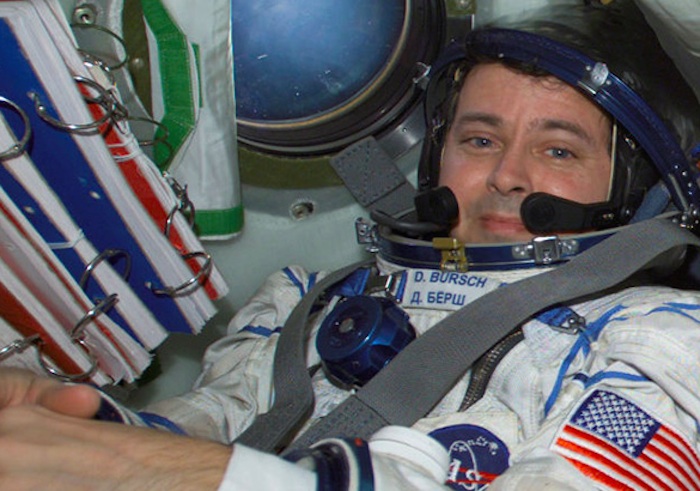
DAN BURSCH (196 DAYS)
Bursch had three shuttle flights under his belt before launching to the ISS for an early mission, Expedition 4, for a long stay between 2001 and 2002. A lot of his time was spent making sure that the station was operational, and he also put in two spacewalks using the Russian Orlan suit.
"With my experience in the Navy I think of it as kind of like a naval deployment, where we were gone anywhere from four to eight months at a time," Bursch said in a 2001 pre-flight interview with NASA. "But it's also different in that we're not, it's as if we're doing a whole naval deployment, but we're only doing it with the two other people in our bunkroom or in our stateroom, which is different in itself, and on occasion getting visitors from the Earth. So mentally, I think ... the preparation for it is different."
-
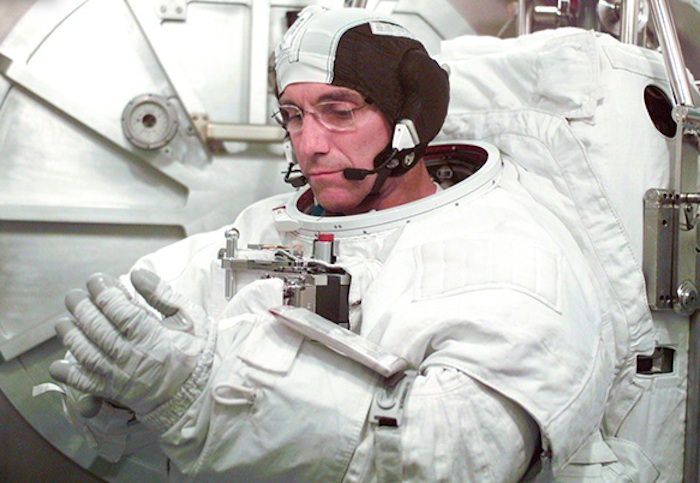
CARL WALZ (196 DAYS)
Walz, a crewmate of Bursch, also had three shuttle flights complete before Expedition 4 in 2001. He did two spacewalks, one each in a NASA suit and a Russian Orlan suit, to get a docking compartment ready and to prepare the space station for a structural truss.
"Well, I see myself somewhere between a test engineer and a maintenance man, I guess," Walz said in a 2001 pre-flight interview with NASA. "We'll spend a lot of time testing out systems making sure that they're working right; we'll be using those systems during the flight, and then the other thing that I failed to mention previously is that we're going to be maintaining systems on board the station."
-
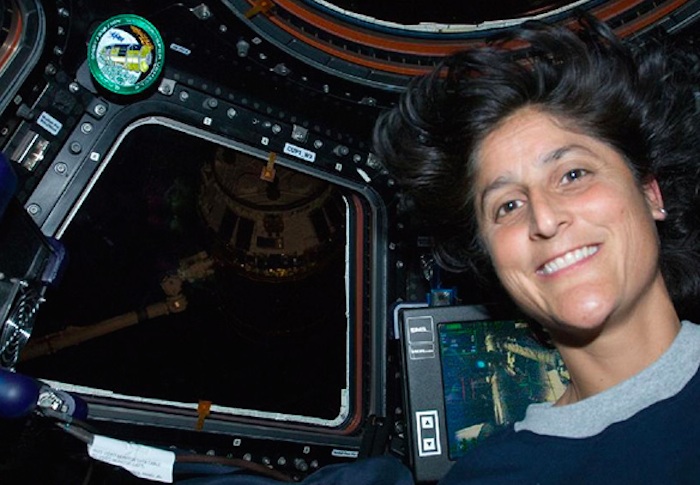
SUNITA WILLIAMS (195 DAYS)
Williams is very used to long-term spaceflight, having spent two tours of duties aboard the ISS. She did a 195-day stay as a part of Expedition 14/15 in 2006-7, also establishing a world record of the time for females in terms of time spent outside for spacewalks (more than 29 hours). She then broke the record again during her second flight in 2012 as a part of Expedition 32/33, and holds the current female spacewalk record of 50 hours and 40 minutes. Her two stays in space -- at 322 days -- put her second in terms of endurance for all female astronauts, and sixth in America.
"I think it’s going to be pretty busy. But, it’s going to be a lot of fun, and I’m absolutely lucky to be in this place at this time," Williams said in a 2006 pre-flight interview with NASA.
-
Quelle: D-News
4513 Views
